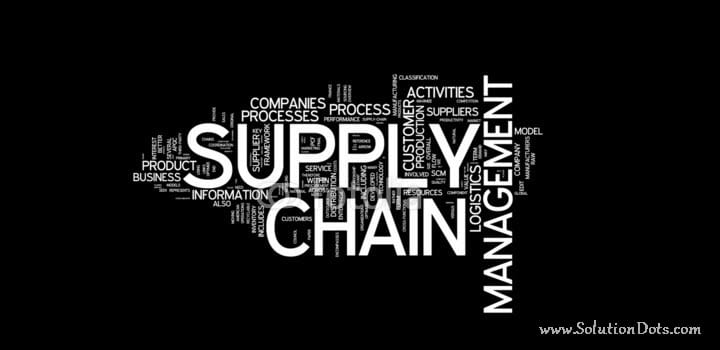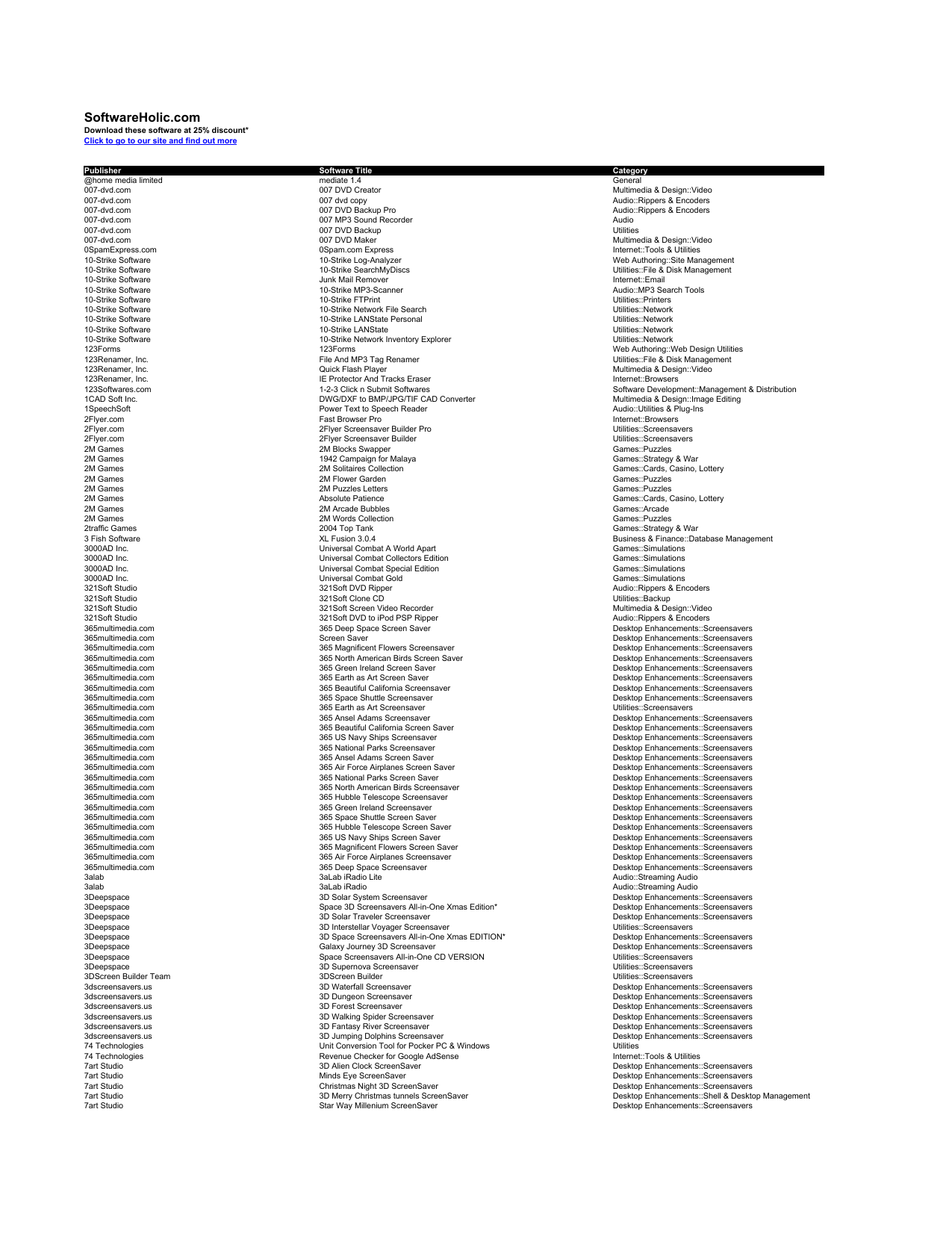Service Control Manager (SCM) is a special system process under the Windows NT family of operating systems, which starts, stops and interacts with Windows service processes.[1] It is located in the %SystemRoot%System32services.exe executable. Service processes interact with SCM through a well-defined API, and the same API is used internally by the interactive Windows service management tools such as the MMC snap-in Services.msc and the command-line Service Control utility sc.exe. Terminating this file is used as a method of causing the Blue Screen of Death.
Implementation[edit]
Supply Chain Drivers & Metrics. We use your LinkedIn profile and activity data to personalize ads and to show you more relevant ads. The service control manager (SCM) is started at system boot. It is a remote procedure call (RPC) server, so that service configuration and service control programs can manipulate services on remote machines. The service functions provide an interface for the following tasks performed by the SCM: Maintaining the database of installed services. Oct 03, 2009 Supply Chain Drivers & Metrics. We use your LinkedIn profile and activity data to personalize ads and to show you more relevant ads. Drivers for IT use in SCM The second construct, drivers for using IT in SCM refers here to the reasons why IT is used in a certain manner in SCM. Based on our literature review, we expected that following drivers for the use IT in transaction processing can be found in the case companies: reduction of the costs of operational processes (manual work), improvement of information quality. The service control manager (SCM) is started at system boot. It is a remote procedure call (RPC) server, so that service configuration and service control programs can manipulate services on remote machines. The service functions provide an interface for the following tasks performed by the SCM: Maintaining the database of installed services.
The SCM executable, Services.exe, runs as a Windows console program and is launched by the Wininit process early during the system startup.[2] Its main function, SvcCtrlMain(), launches all the services configured for automatic startup. First an internal database of installed services is initialized by reading the following two registry keys:
HKEY_LOCAL_MACHINESYSTEMCurrentControlSetControlServiceGroupOrderList, containing the names and order of service groups. Each service's registry key contains an optionalGroupvalue which governs the order of initialization of a respective service or a device driver, with respect to other service groups.HKEY_LOCAL_MACHINESYSTEMCurrentControlSetServices, which contains the actual database of services and device drivers and is read into SCM's internal database.[3] SCM reads every service'sGroupvalue as well as load-order dependencies from theirDependOnGroupandDependOnServiceregistry keys.[4]
In the next step, SCM's main function SvcCtrlMain() calls the function ScGetBootAndSystemDriverState() function which checks whether the device drivers that should be started during the boot or system startup were successfully loaded, and those that have failed to do so are stored in a list called ScFailedDrivers. Then a named pipePipeNtsvcs is created as a remote procedure call interface between the SCM and the SCPs (Service Control Processes) that interact with specific services.
Next, it calls the ScAutoStartServices() function which loops through all the services marked as auto-start, paying attention to the calculated load-order dependencies. In case of a circular dependency an error is noted and the service depending on a service that belongs to a group coming later in the load order is skipped. For delayed auto-start services, grouping has no effect, and those are loaded at a later stage of system startup.[5]
For each service it wants to start, the SCM calls the ScStartService() function which checks the name of the file that runs the service's process, ensuring that the account specified for the service is same as the account that the service process runs in. Every service that does not run in the System account is logged in by calling the LSASS function LogonUserEx(), for which LSASS process looks up 'secret' passwords stored in the HKLMSECURITYPolicySecrets registry key, which were stored by the SCP using the LsaStorePrivateData() API, when the service was originally configured.[6]
Next, the ScLogonAndStartImage() function is called for every service whose service process has not been already launched. Service processes are created in a suspended state via the CreateProcessAsUser() API. Download oculus port devices driver. Before the service process' execution is resumed, a named pipe PipeNetNtControlPipeX (where X is a number incremented for each service iteration) is created which serves as a communication channel between the SCM and the service process. Service process connects to the pipe by calling the StartServiceCtrlDispatcher() function, after which the SCM sends the service a 'start' command.[7]
Delayed auto-start services[edit]

Delayed auto-start services have been added in Windows Vista, in order to solve the problem of a prolonged system startup, as well as to speed-up the start of critical services that cannot be delayed.[8] Originally the auto-start method of service initialization was designed for essential system services upon which other applications and services depend. The SCM initializes the delayed services only after handling all the non-delayed auto-start services, by invoking the ScInitDelayStart() function. This function queues a delayed (120 seconds by default) work item associated with a corresponding worker thread. Other than being initialized after a delay, there are no other differences between delayed and non-delayed services.
Device drivers[edit]
Services whose Type registry value is SERVICE_KERNEL_DRIVER or SERVICE_FILE_SYSTEM_DRIVER are handled specially: these represent device drivers for which ScStartService() calls the ScLoadDeviceDriver() function which loads the appropriate driver (usually a file with an extension .sys) which must be located in the %SystemRoot%System32Drivers directory. For that purpose, the NtLoadDriversystem call is invoked, and the SeLoadDriverPrivilege is added to the SCM's process.
Network drive letters[edit]
SCM provides an additional functionality completely unrelated to Windows services: it notifies GUI applications such as the Windows Explorer when a network drive-letter connection has been created or deleted, by broadcasting Windows messagesWM_DEVICECHANGE.


Drivers Scm Others Help

Drivers Scm Others Support
See also[edit]
Notes[edit]
- ^Russinovich, Solomon & Ionescu (2009:79)[full citation needed]
- ^Russinovich, Solomon & Ionescu (2009:291)
- ^'Database of Installed Services'. Microsoft Developer Network. Retrieved 2011-03-06.
- ^Russinovich, Solomon & Ionescu (2009:292)
- ^Russinovich, Solomon & Ionescu (2009:294)
- ^Russinovich, Solomon & Ionescu (2009:295)
- ^Russinovich, Solomon & Ionescu (2009:296)
- ^Russinovich, Solomon & Ionescu (2009:297)

Drivers Scm Others Job
References[edit]
- Russinovich, Mark; Solomon, David; Ionescu, Alex (2009), Windows® Internals (5th ed.), Microsoft Press, ISBN0-7356-2530-1
Drivers Scm Others Sharing

